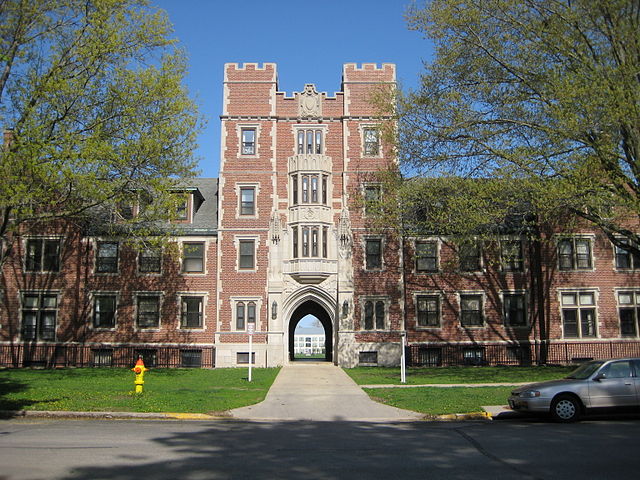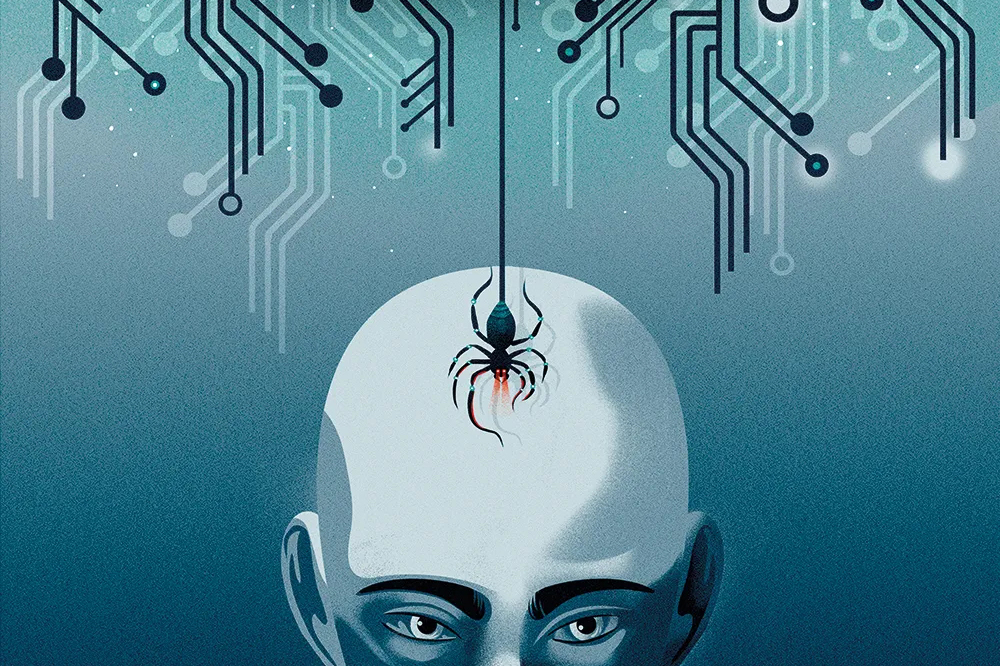Who should be the custodians of science? For centuries, scientists themselves have been. Now, their custodianship is under threat.
Science has long operated as a sort of guild, with the guild managing its own practice and traditions. This holds for the guild’s continuity: admission of aspiring members to the guild is controlled by the guild itself. For the sciences, aspiring members must clear a competitive series of hurdles: apprenticeship (graduate school), journeyman (post-doctoral fellow and assistant professor), then full membership (tenured professor).
For the past few decades, science’s stewardship has been shifting into the hands of an arriviste managerial class with no idea what science is or any real respect for it. Their aim is to seize control over the hiring of new faculty. No longer will admission to the science guild be based on assessed merit and mastery, but on de facto hiring quotas based upon race, gender, and sexual proclivity.
The new quota system is being implemented through the “diversity statement,” which demands an applicant express fealty, not to the guild, but to the new managerial class. The guild’s standards for admission — once a sign of mastery — are thereby subordinated. Once rare, diversity statements have become ubiquitous in the announcements for new positions. The demand is worded in various ways, but this job announcement for a cosmologist at Cornell University represents the diversity statement’s typical form:
Also required is a statement of diversity, equity and inclusion describing the applicants [sic] efforts and aspirations to promote equity, inclusion and diversity through teaching, research and service.
If an applicant is puzzled by this circular logic, a university may supply guidance, couched in New Age neologisms and platitudes. UCLA’s Office of Equity, Diversity and Inclusion offers this gem:
“Mindful Transparent Judgment” (MTJ) embraces the simultaneous messiness and virtue of our discretion. Uncabined discretion coupled with the presumption that we are already objective and fair leave us [sic] susceptible to implicit biases and structural norms that undermine equity, diversity, and inclusion. But mechanical adherence to pre-defined rules and processes set us up for a different sort of failure. In lieu of either extreme, MTJ challenges us to thoughtfully cabin and transparently employ discretion.
Don’t worry, this says to the applicant, we have no idea what we mean either; we just want to let a hundred flowers bloom. Soothing phrases, like “celebrate,” “vibrant communities,” “inclusive excellence,” and “lively interest,” are sprinkled about like beautiful flowers. The more discerning applicant will see the evasive lawyer-speak that is masking the actual message: your application will be judged by conformity to our de facto hiring quota. Universities naturally deny any such thing, of course. They have no choice: racial and gender quotas are illegal. But the quotas are there, well hidden within the details of the faculty search process.
Paranoid much? Canadian universities, which operate under different standards of law, are quite open about their diversity quotas: white men literally need not apply for a position as one of Canada’s 2,000 prestigious Research Chairs. Exclusion, not inclusion, is revealed as the agenda of the academy’s new overlords. Give Canada credit at least for honesty. In the US, stealthy subversion will be the instrument for depriving the sciences of mastery of their professions. Their target is the faculty search.
A faculty search has traditionally been a complex minuet between a university administration and its faculty. Both parties are obliged to participate in the dance. Faculty have possession of the precious jewels without which administrations cannot exist: no student applies, nor does any academic strive, to join a university for the prestige of its administrators. In their turn, administrations covet the jewels and want to control them. The traditional faculty search is intended to balance these disparate interests, and for decades it worked pretty well, with both faculty and administrators left to tend their own gardens in peace. No more. The new managerial class (let us call them diversicrats) has become the instrument whereby the faculty can finally be dispossessed of those coveted jewels.
Here is how the takeover works: a job search starts with an ad hoc search committee that seeks qualified applicants. The search committee reviews applications, winnows the field down to a few individuals to be brought in for interviews, then crafts a recommendation to the administration for making a formal job offer.
A search committee traditionally comprises faculty capable of judging a candidate’s qualifications and suitability. For a position in cosmology, for example, the search committee will empanel a number of physicists whose professional opinion should carry great weight. A representative from the university’s human resources office also usually has a seat, to ensure compliance to employment law, and to guard against members of the search committee asking stupid or illegal questions during interviews.
In the new regime, a “diversity officer,” appointed by the university’s diversity administrator (usually someone with vice-presidential rank), now sits on the search committee. The diversity officer conveys to the committee the diversity vice-president’s wishes, and reports back how closely the committee is conforming to those demands. The diversity vice-president can then veto or reconstruct the short list of candidates invited for interviews, or even dissolve or repopulate the search committee to produce a conformed outcome.
To add an air of objectivity, search committees may be provided a rubric for carrying out the new diversity litmus test. From San Jose State University’s rubric, for example, high marks accrue for attention to “ethnic, socioeconomic, racial, gender, sexual orientation, disability, and cultural differences” (my emphasis). Low marks are given for speaking of “diversity in vague terms” (what kind of diversity?) or not understanding the “personal challenges that underrepresented individuals face in academia” (how is one supposed to do that?). A candidate with too independent an opinion, or who declines to genuflect to the diversity agenda, can kiss his prospects goodbye.
The diversity rubric has an interesting pedigree. The San Jose State University rubric borrows considerably from UC Berkeley’s rubric, which was adopted for the entire University of California system. Cornell University, Emory University, Brandeis University, University of Michigan, and many others have adopted identical, or very similar, discriminatory tests for candidates. The irony is hard to miss. Diversity rubrics bear an eerie similarity to the supposedly objective literacy tests of Jim Crow (e.g., Louisiana’s). The intent is the same: only the target differs.
The common language of these proliferating rubrics prompts the question: do they have a common ancestor? Grinnell College (probably inadvertently) points to the answer. Grinnell belongs to the Liberal Arts Colleges Racial Equity Leadership Alliance (LACRELA), a consortium of fifty-one member colleges that coordinate and establish diversity and equity policies. The LACRELA, in turn, is part of the University of Southern California Race and Equity Center (USCREC), which, for a healthy fee, will advise colleges and universities (as well as schools and businesses) on their diversity shortcomings, including formulating rubrics for evaluating diversity statements. Which prompts an additional question: who funds the USCREC? The answer can be found on the USCREC’s homepage: a who’s-who list of wealthy donors, including the Bill and Melinda Gates Foundation, the Atlantic Philanthropies…and the US Department of Education.
So, scientists? Do you still think you’re in control of your profession? Or do you see that the faculty search been reduced to a Potemkin façade, behind which your profession is being stolen from you? When will you decide to take control back?
I have another question. If discrimination on the basis of race, gender, and sexual proclivity is illegal, what is one to make of the vast ball of collusion of wealthy donors, government agencies, and university administrations that has built up to promote illegal discrimination? Isn’t this the definition of conspiracy?
I will give the last word to Grinnell College. The self-celebratory webpage of Grinnell’s Office of Diversity, Equity, and Inclusion states that their students
bring varied geographic, ethnic, racial, religious, and socioeconomic experiences to Grinnell — but their common traits far outweigh their differences.
Thus, my final question. If “common traits far outweigh their differences,” why should hiring new faculty be geared so strongly to amplifying those differences? Just asking.

























